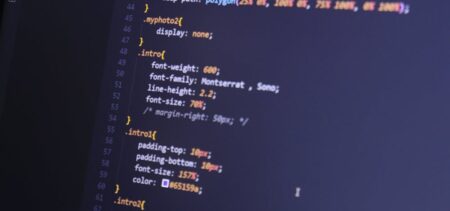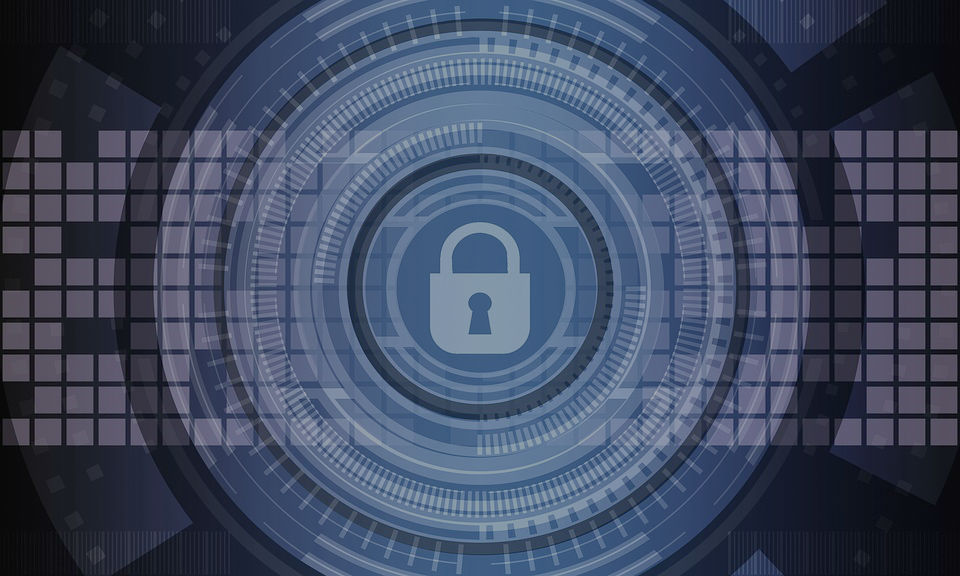A business payment security survival guide is a useful tool for small businesses. Anyone looking to start an online store, or already established businesses trying to countercheck or improve their security procedures could benefit from such information.
When outsourcing the payment facility, trained experts handle the cyber-security tasks, so the issue is professionally covered.
Cyber criminals persistently target small businesses since their security resources are lower than those of bigger companies. Often these attacks serve as entry points into bigger databases. Even without that possibility, the customer data accessible through a small company is enough to make it attractive for cyber criminals.
To prevent such attacks, businesses must make sure their security measures are up to date and functional, especially when they independently manage their online payment system.
Some of the leading names in online security software (Eset, McAfee) have released cyber-security survival guides for this particular market segment. So did financial institutions, looking to help their customers and collaborators.
Let’s see the main guidelines:
- Any business dealing with online payment should be Payment Card Industry Data Security Standard (PCI DSS) – compliant, since this prevents security events, as well as acting as a penalty reducer. PCI compliance enforces a set of specific guidelines that ensure payment safety. It involves 12 steps that vouch for the PCI security standard. Although not always mandatory, PCI compliance is highly recommended.
- When dealing with your own providers, the basics include using a PCI DSS compliant web-hosting provider – this prevents malicious web shells (one of the most common types of attacks made possible by site vulnerabilities). Pay attention, responsibility in payment services providing is a continuous process that extends itself even after the active contractual period.
- Backend security should always establish a firewall and protect web applications. The firewall should be tested at least once every three months. The second layer of protection acts as a protection against SQL injections or cross-site scripting (XSS) types of attacks. Protection must be in-depth and you should monitor and account for all application-network communications.
- Encryption is mandatory and essential. All financial operations should receive a secondary level of encryption in the form of SSL (Secure Socket Layer), ensuring that data is encrypted during every transaction level.
- All passwords should be protected. Establish your passwords by mixing letters and symbols to be as strong as possible and instruct your employees or business partners to do the same. Changing passwords regularly is also recommended.
- Part of vulnerability monitoring is also being in control of all data access points: restrict unnecessary people access, securely dispose of digital or physical data no longer needed, and limit the approved IP addresses from which your system may be accessed. Exclude all unnecessary lower level systems from use. Choosing and deploying firm security #policy controls is an important step here.
- Use cyber security software with continuous monitoring – invest in a strong protection rather than taking risks.
- Updates are important. Their role in the maintenance process is essential. Once all the details of the business payment system are tuned for security, all you have to do is follow good cyber security practices. Updating and upgrading your website may avoid important dysfunctions, save you from data loss, privacy protection failures or breaches. The latest version of the operating system, of the security software or of the payment app could prove crucial.
- Educate all staff coming into contact with your system – use a clear, focused method, write down essential rules and re-enforce them whenever needed. Often responding to unsolicited emails, opening attachments from unknown sources or with unusual filename extensions, giving up sensitive information or having safety relaxed work habits may lead to disastrous consequences. Training for prevention and containment of security events could save time and money in advance.
- Regularly test, assess and audit your already-in-use system in order to discover any possible failures prior to possible attacks
- In the event of a security breach, have an already prepared response plan: outsource card payment to a PCI DSS-compliant provider, remove all card data from the on-premises system and perform a general security scan. Find the source of the event (use threat mitigation and security management tools), close attacker’s access and eliminate security risks. Assess losses and re-organize.
Mobile payment security is currently branching out as a special section of online payment security since the mobile devices have radically grown in numbers and types.
The basic guidelines still apply when configuring the business payment system. Any business should establish an online payment security policy, implemented and prioritized at the organizational level. The cyber-security policy is to be followed by employers and employees, in basic online or in mobile online transactions, on-premises and off-premises.
You might also want to read these:
Welivesecurity guide
Worldpay PDF guide
Eset guide
McAfee guide






















































